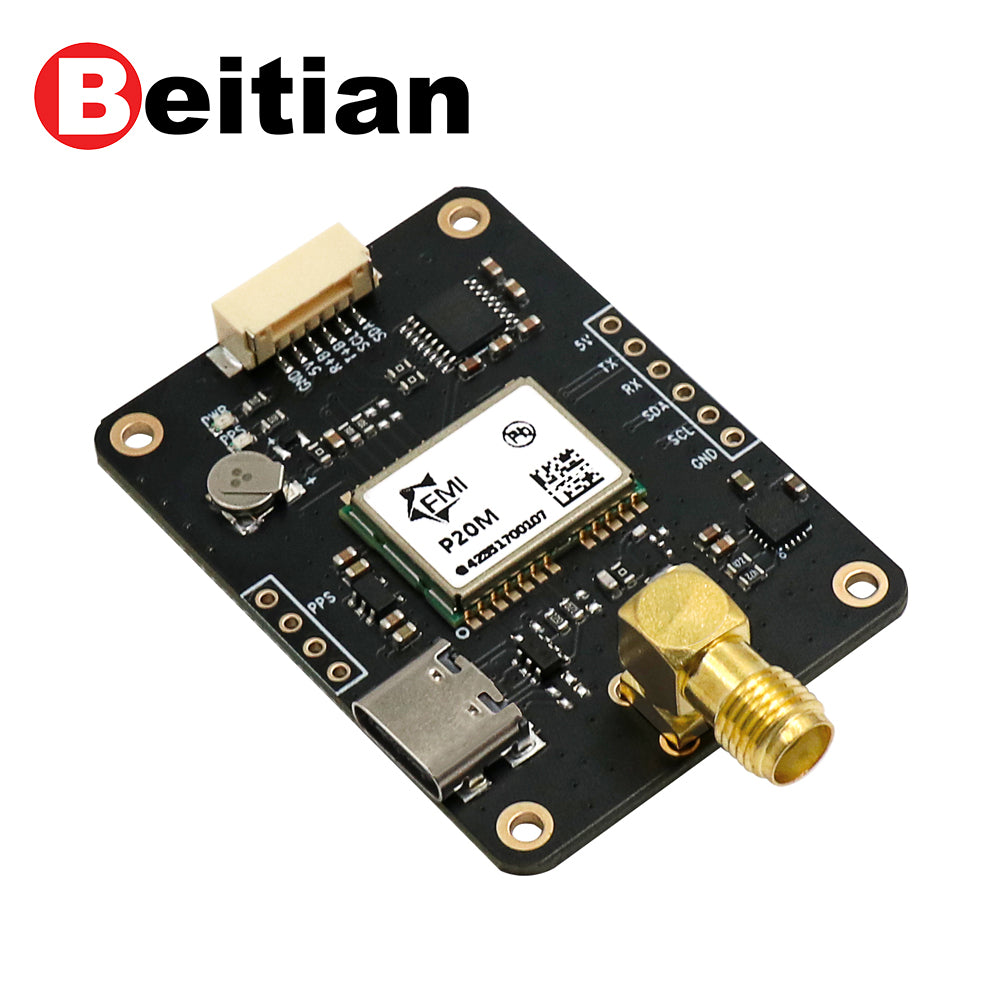
What is the accuracy of differential gps positioning
The accuracy of differential GPS positioning can generally reach 1-2 meters horizontal accuracy and 3-5 meters vertical accuracy. Differential GPS is a method for mitigating errors by calibrating the signal detected by the receiver.

(Beitian Beitian GPS module BT-M002)
Differential GPS uses two receivers to receive the same satellite signal, and compares the errors between the two receivers. One of the receivers is a base station and the other receiver is a rover. The location of the reference station is known and the estimated time of arrival of the satellite signal can be accurately measured. A mobile station can also accurately measure the estimated time of arrival of satellite signals, but it may not be able to accurately determine its position due to various errors, such as air delay time and satellite clock bias.
By calibrating for this error, differential GPS can improve positioning accuracy. For better accuracy, some additional techniques can be employed. For example, using more communication satellites can improve positioning accuracy. In addition, RTK technology can also be used, which is also a high-end method of differential GPS, which can provide higher accuracy and achieve cm level. All in all, the accuracy of differential GPS positioning can generally reach 1-2 meters horizontal accuracy and 3-5 meters vertical accuracy. Apply more communication satellites, RTK systems and other methods to further improve positioning accuracy.

